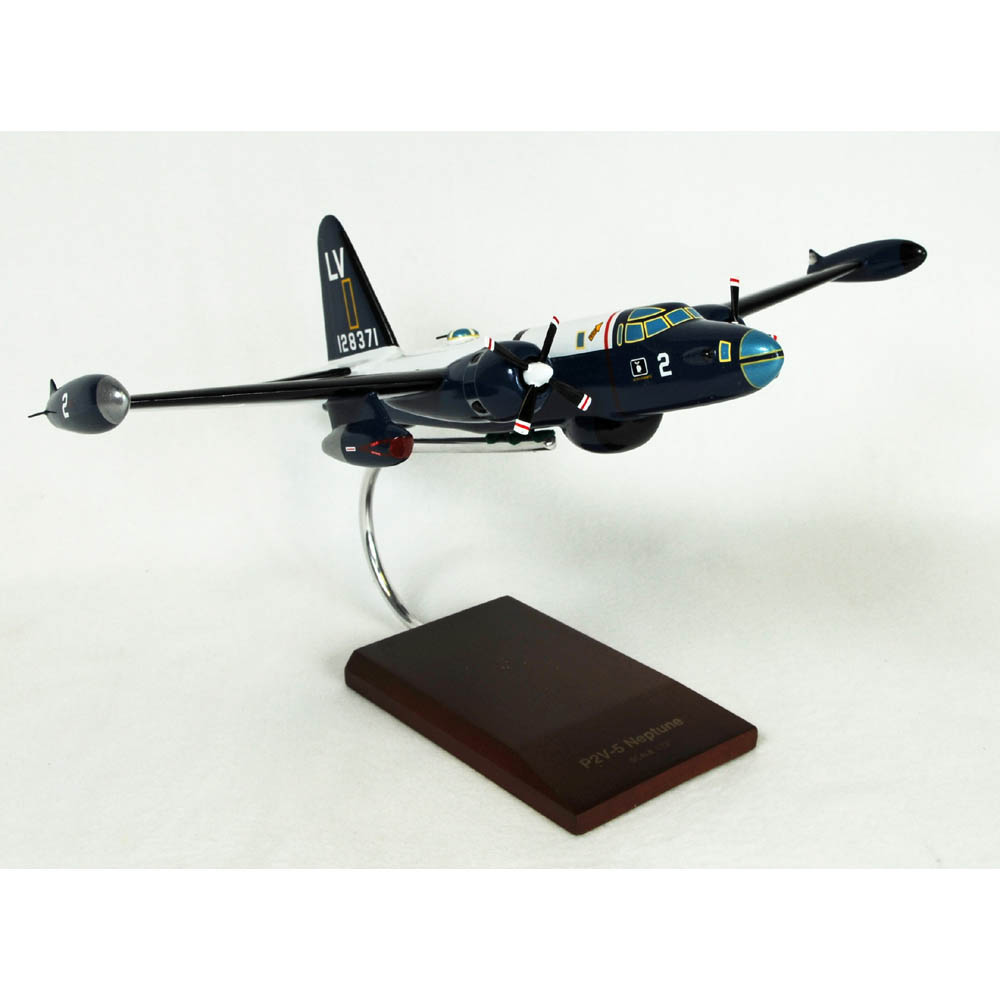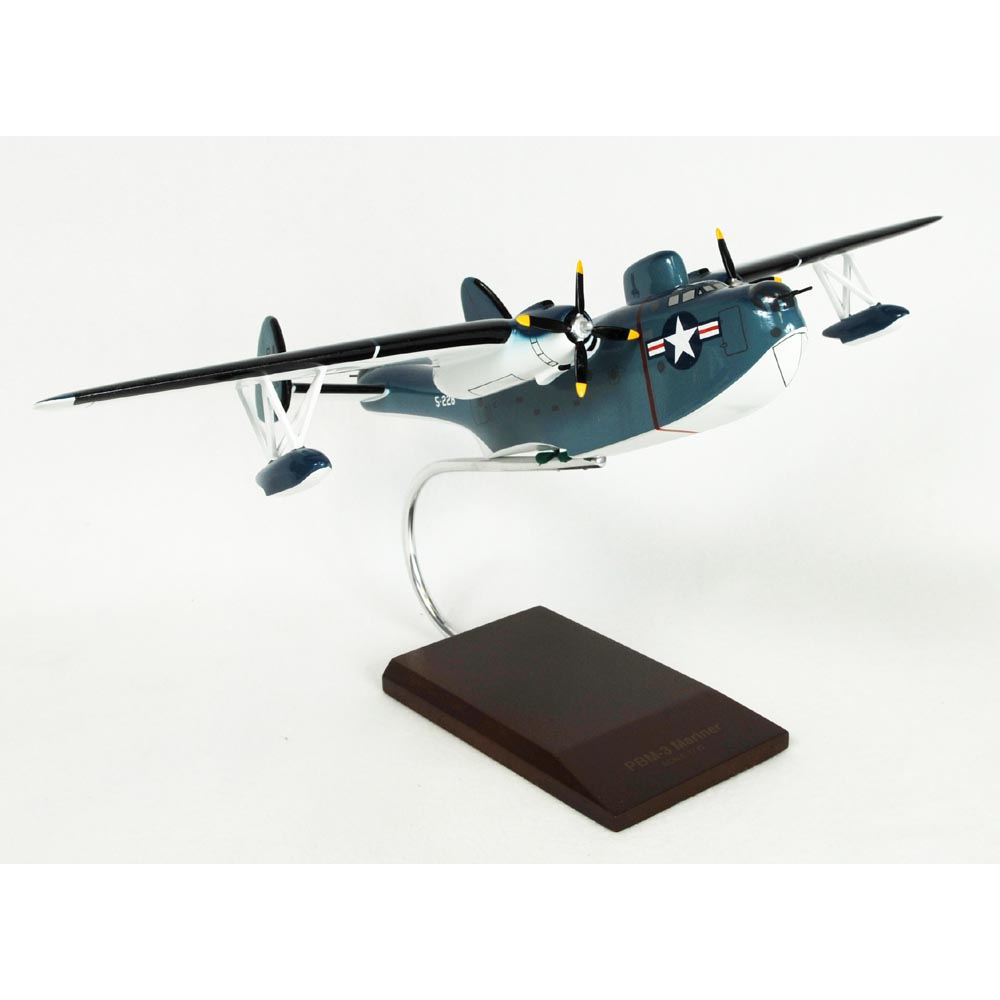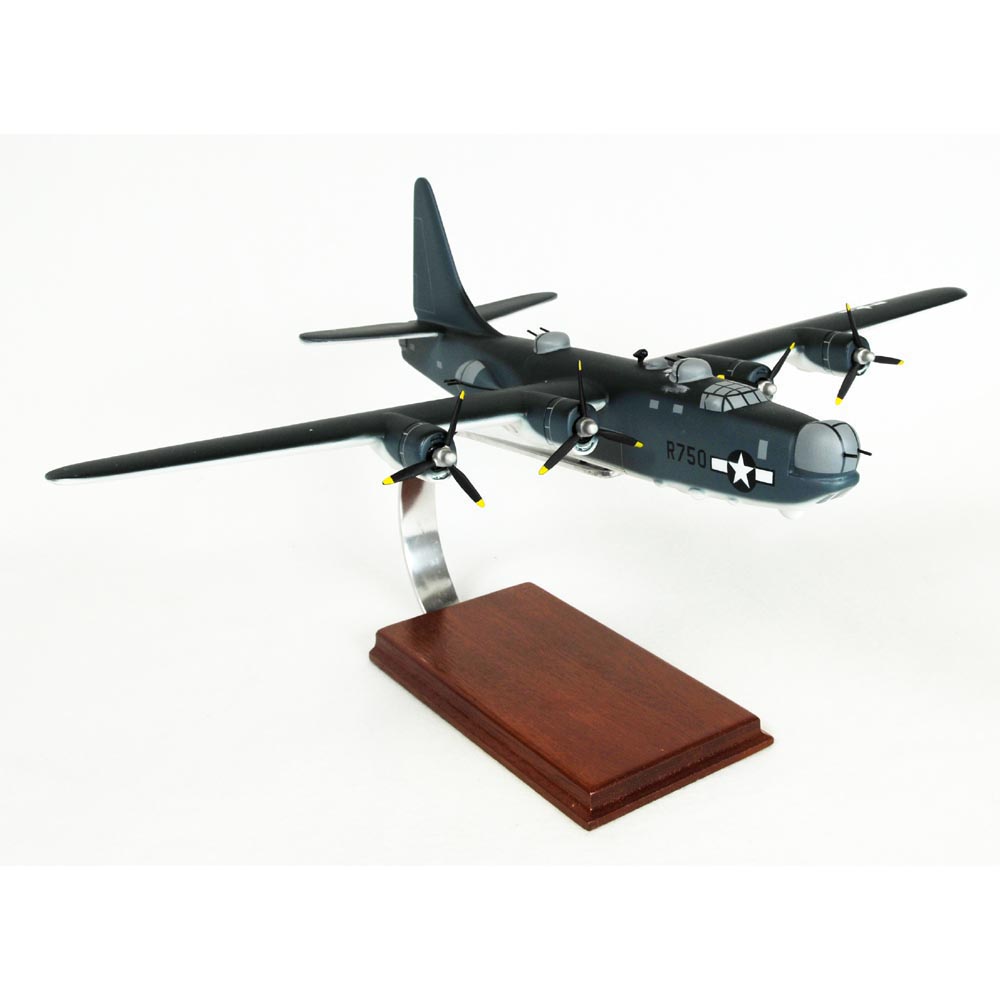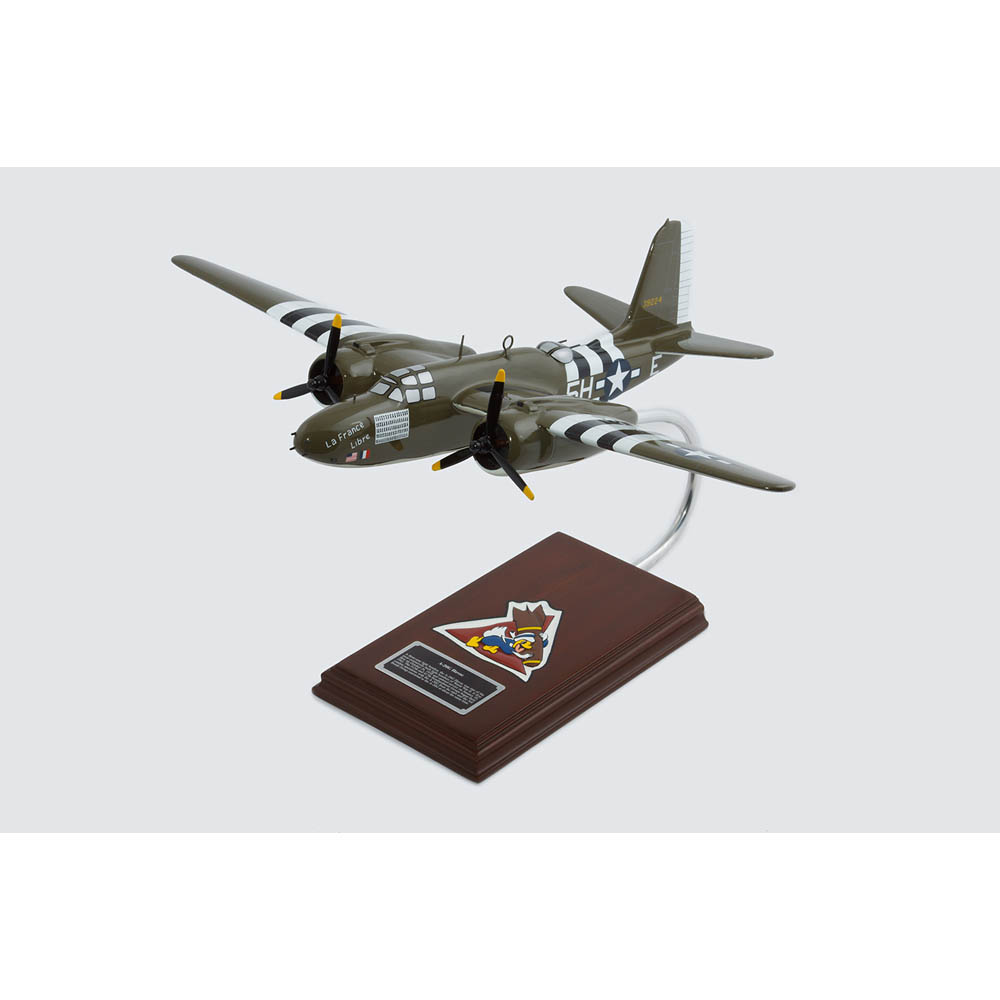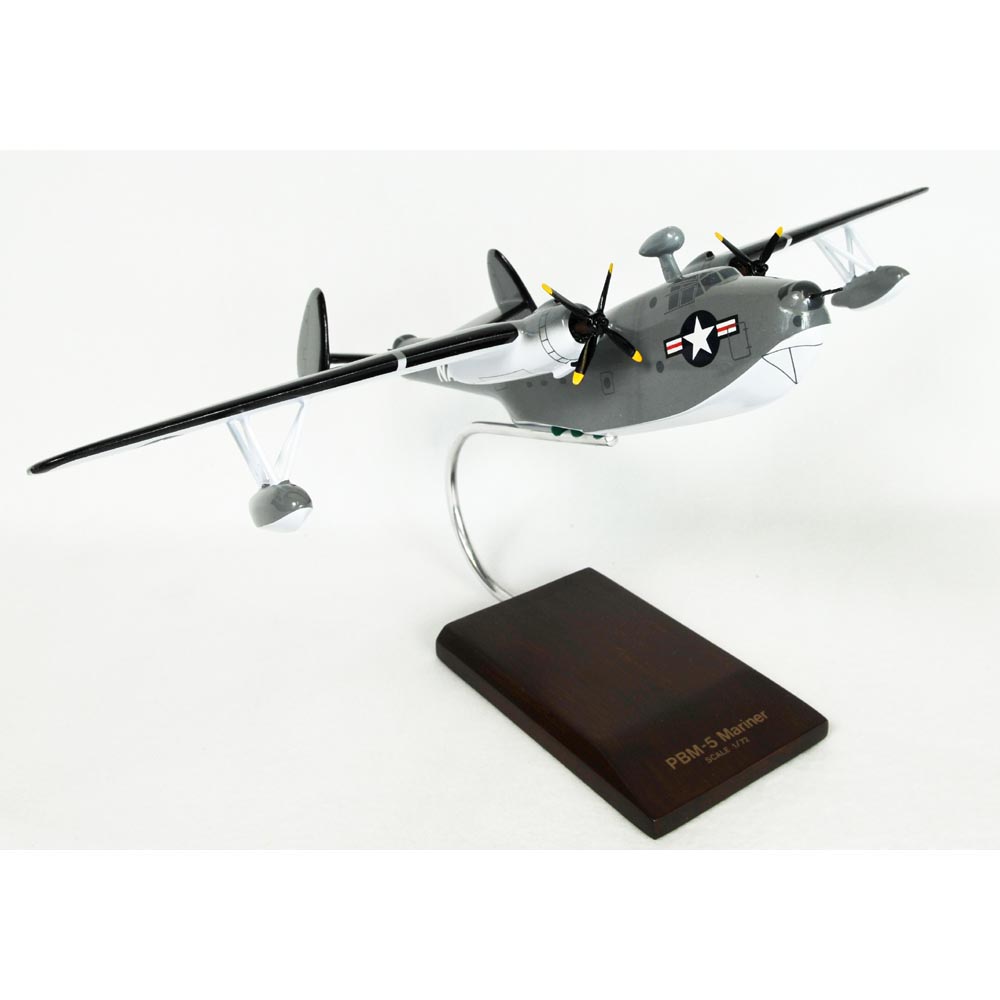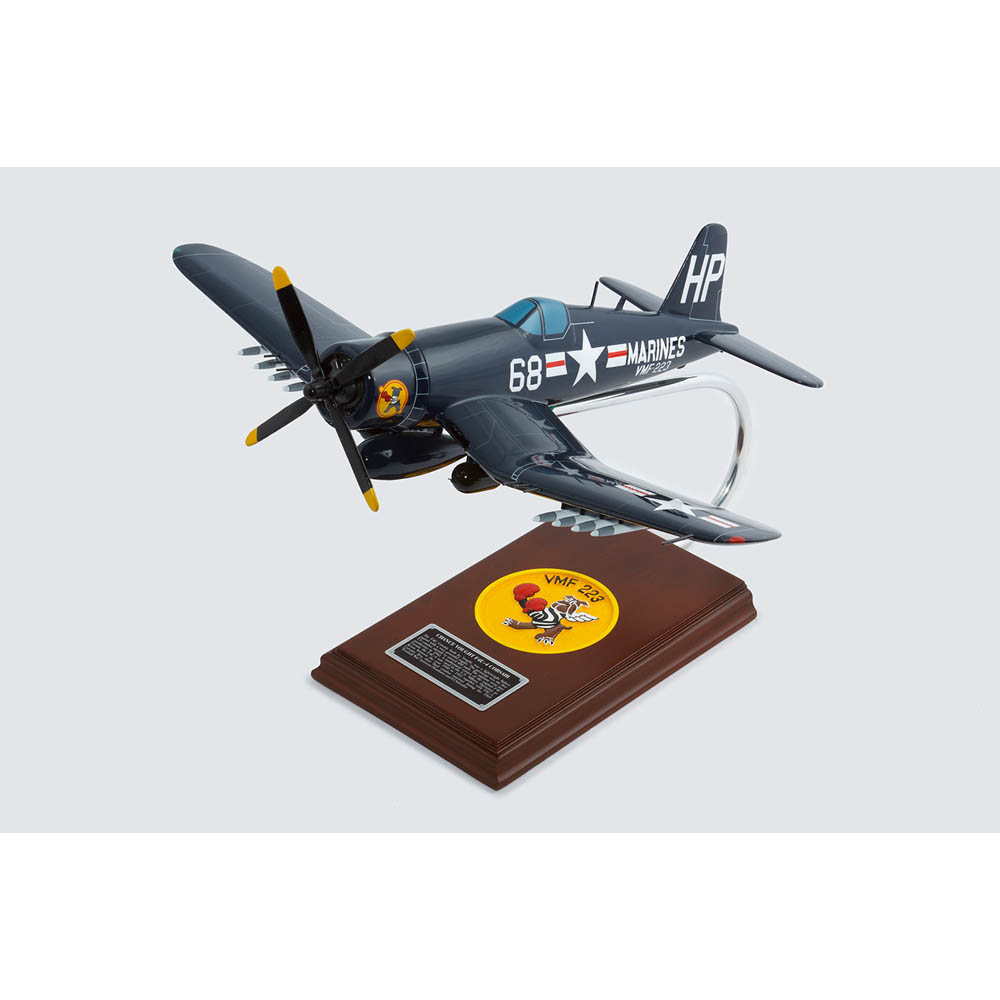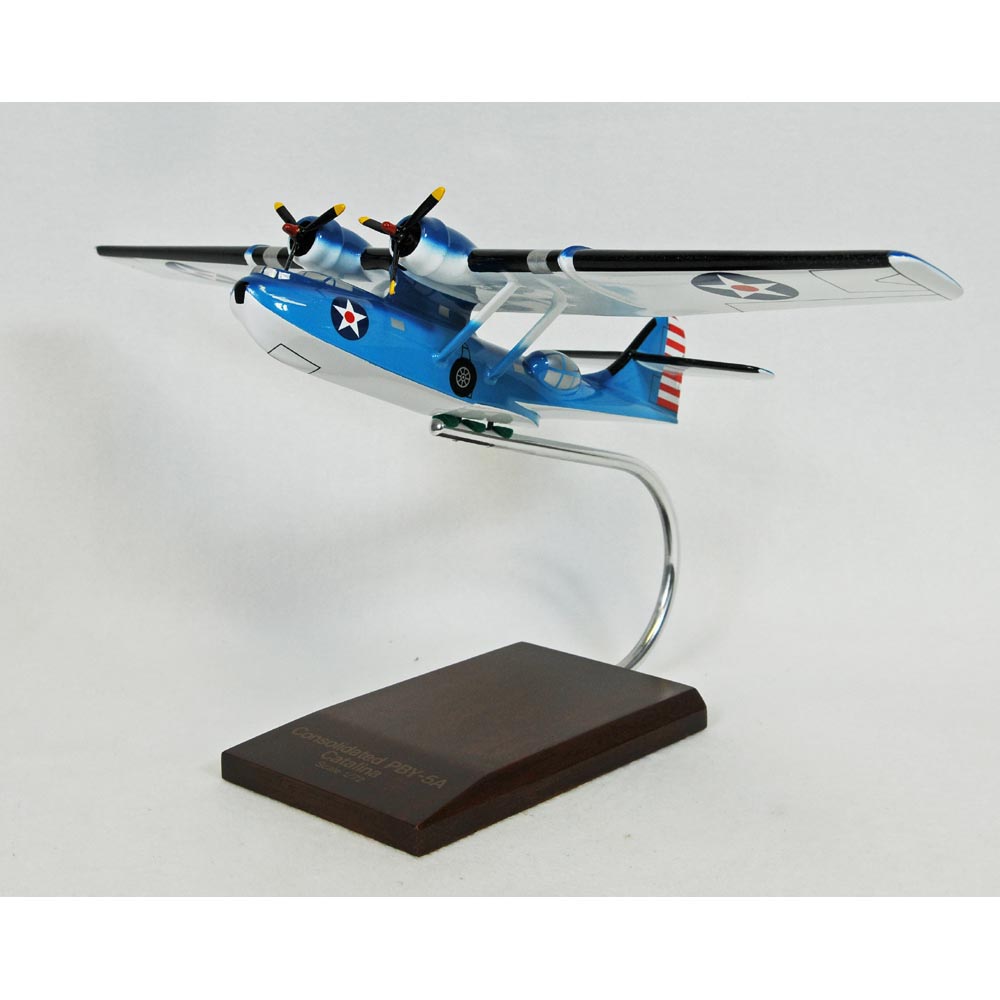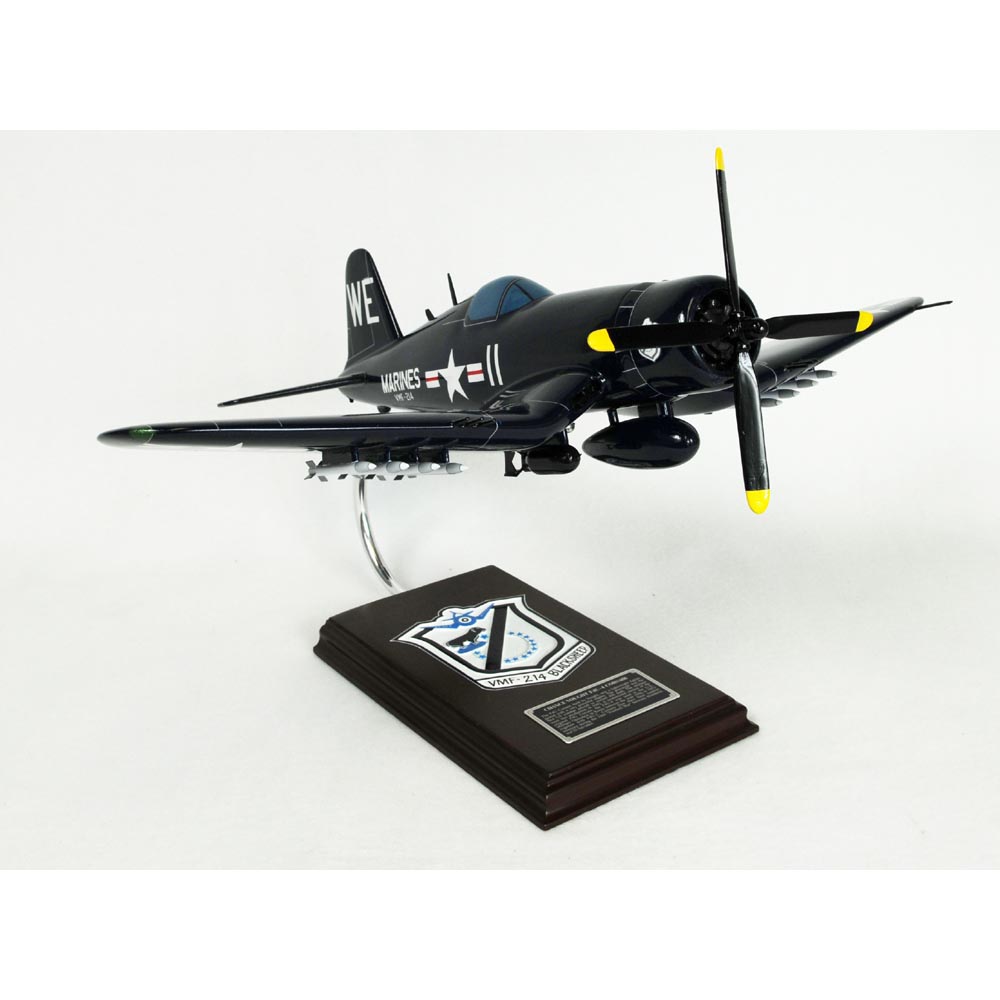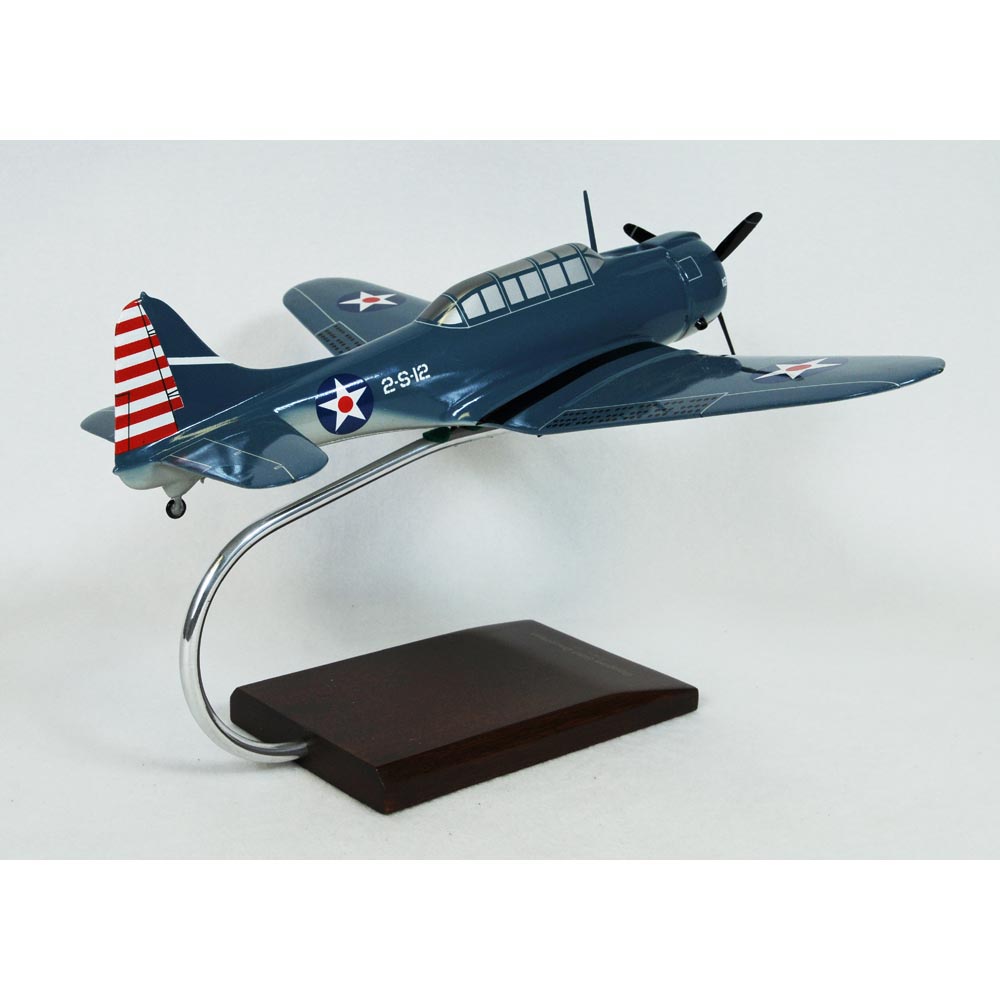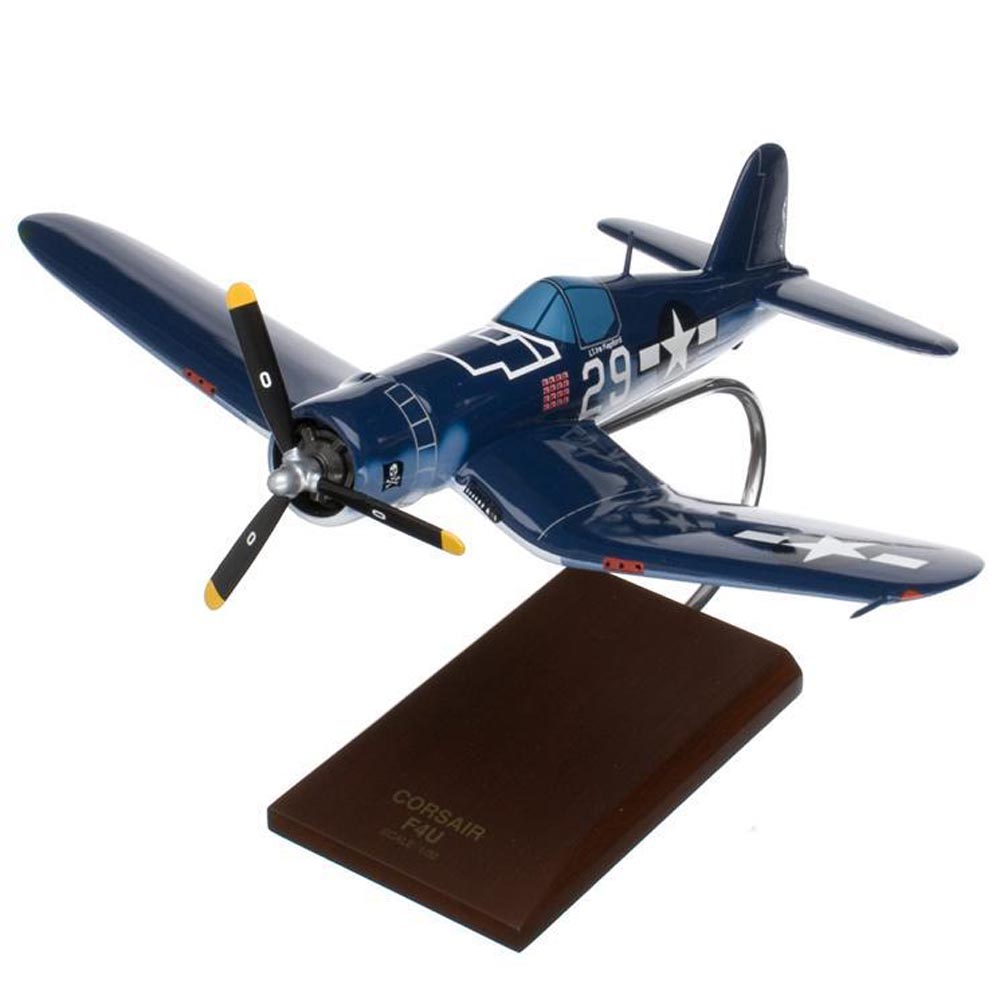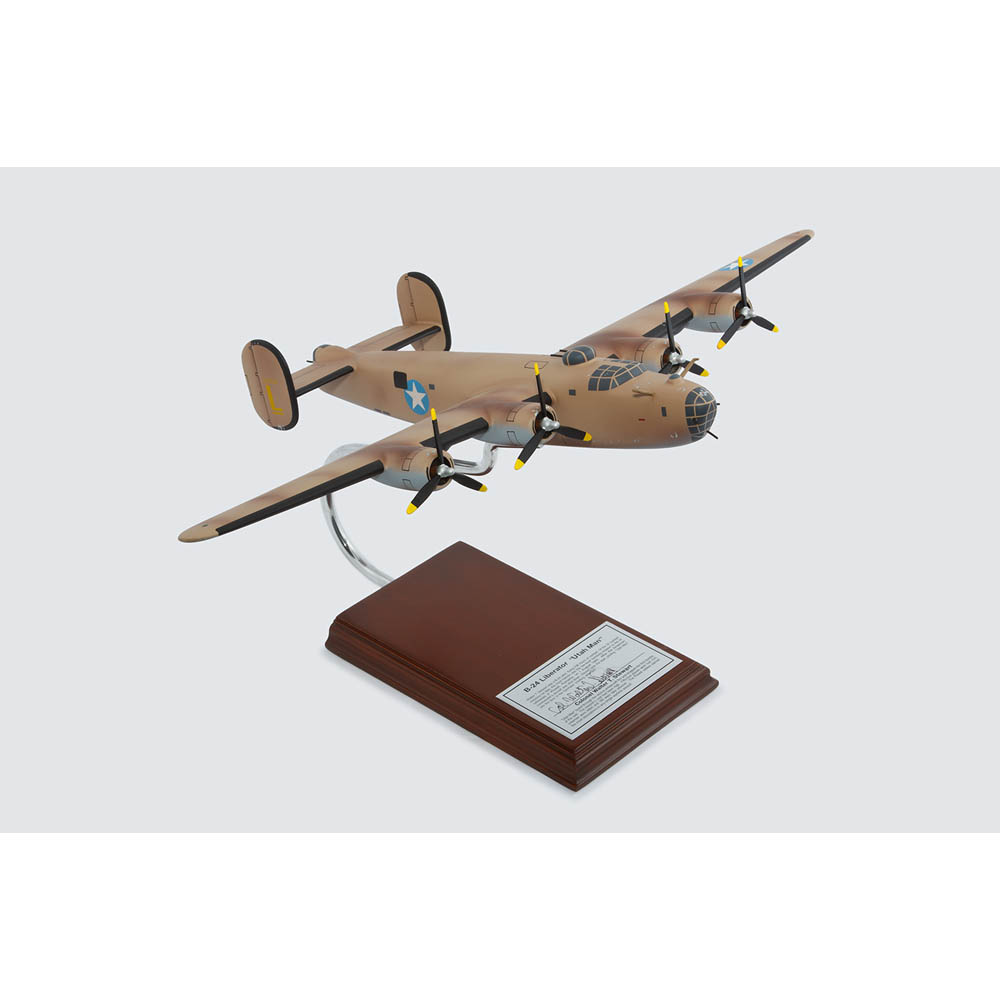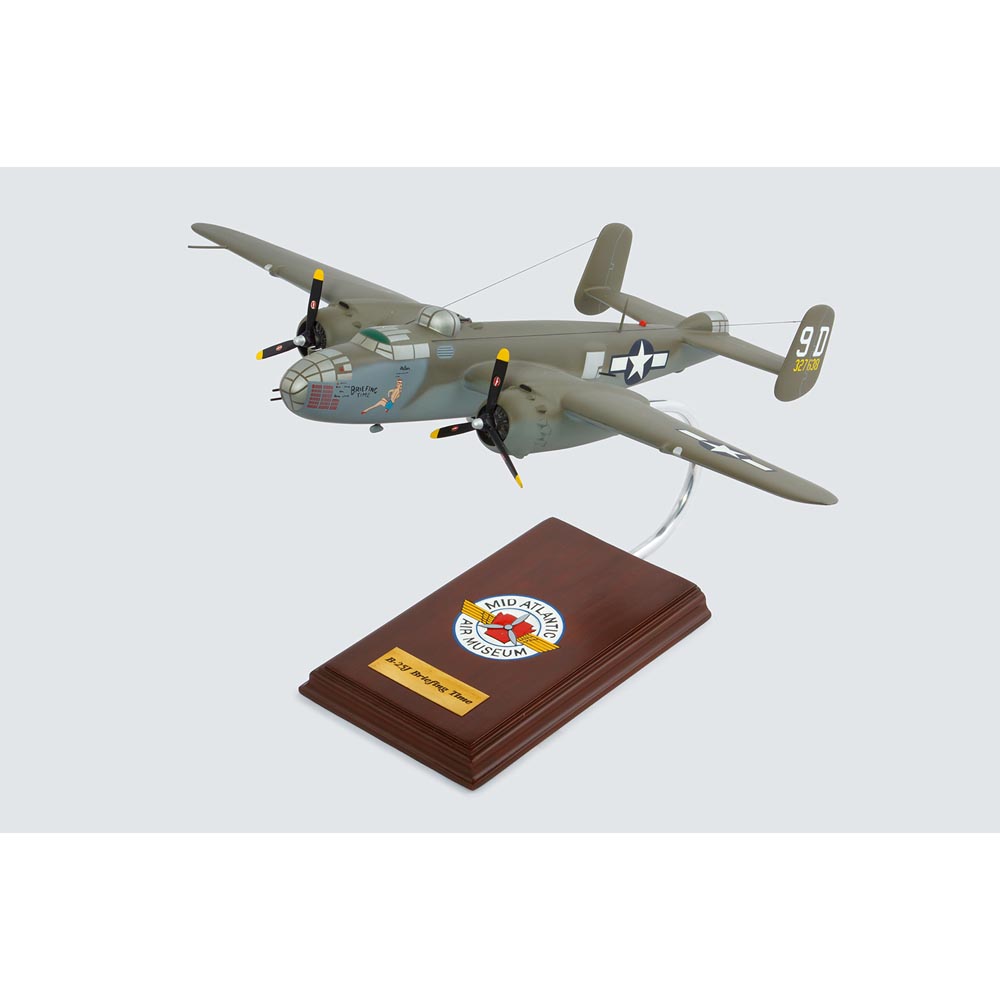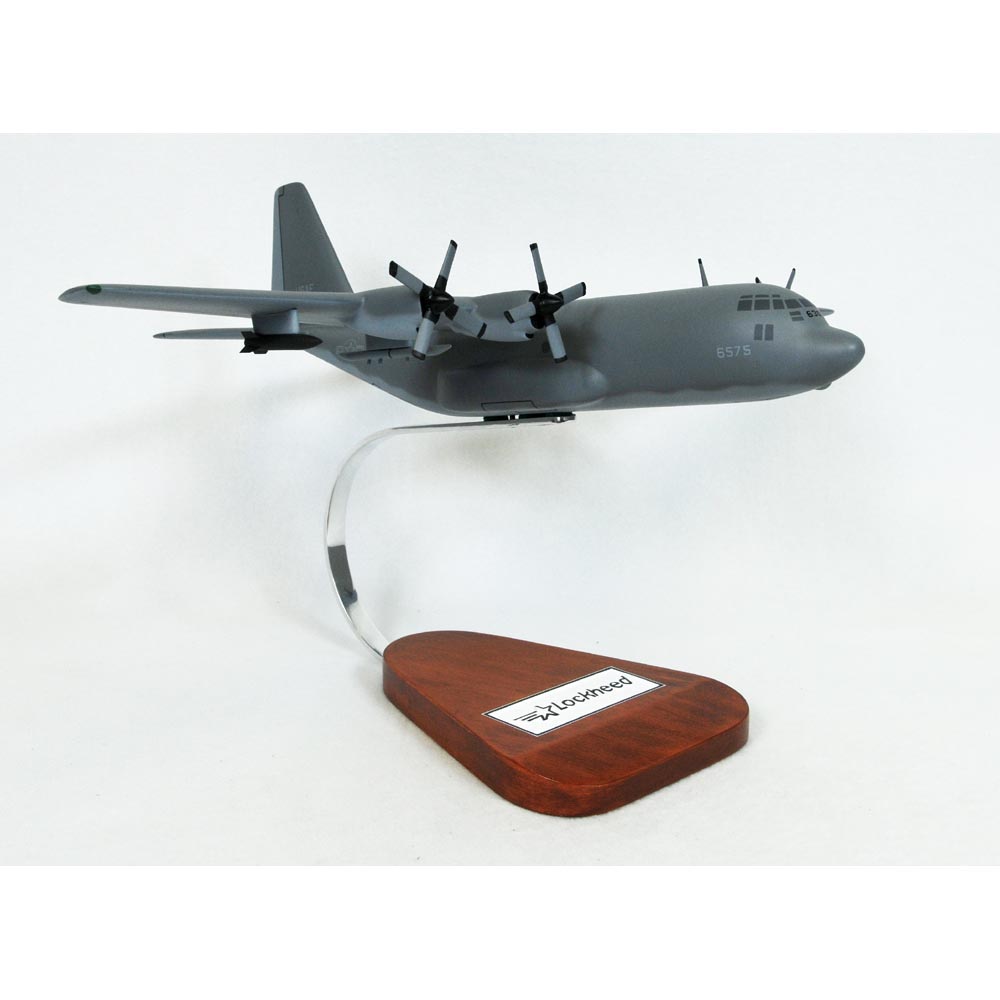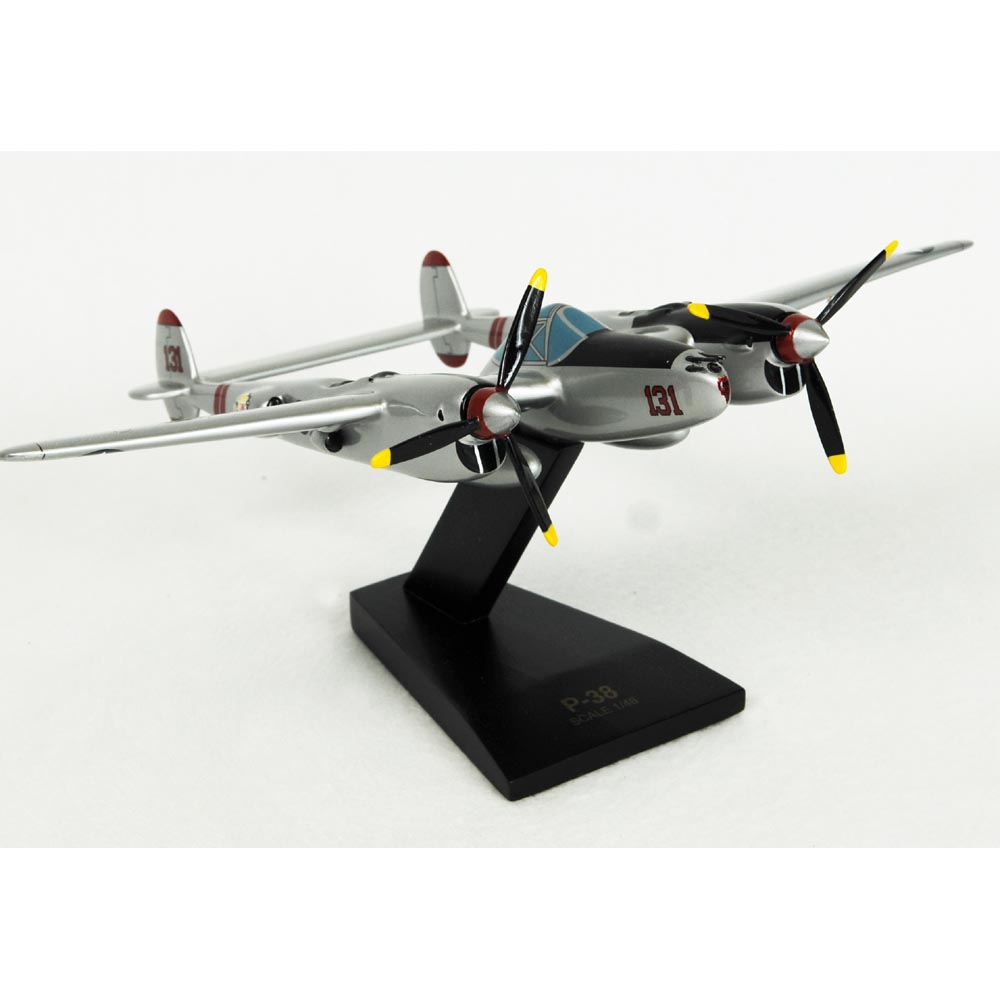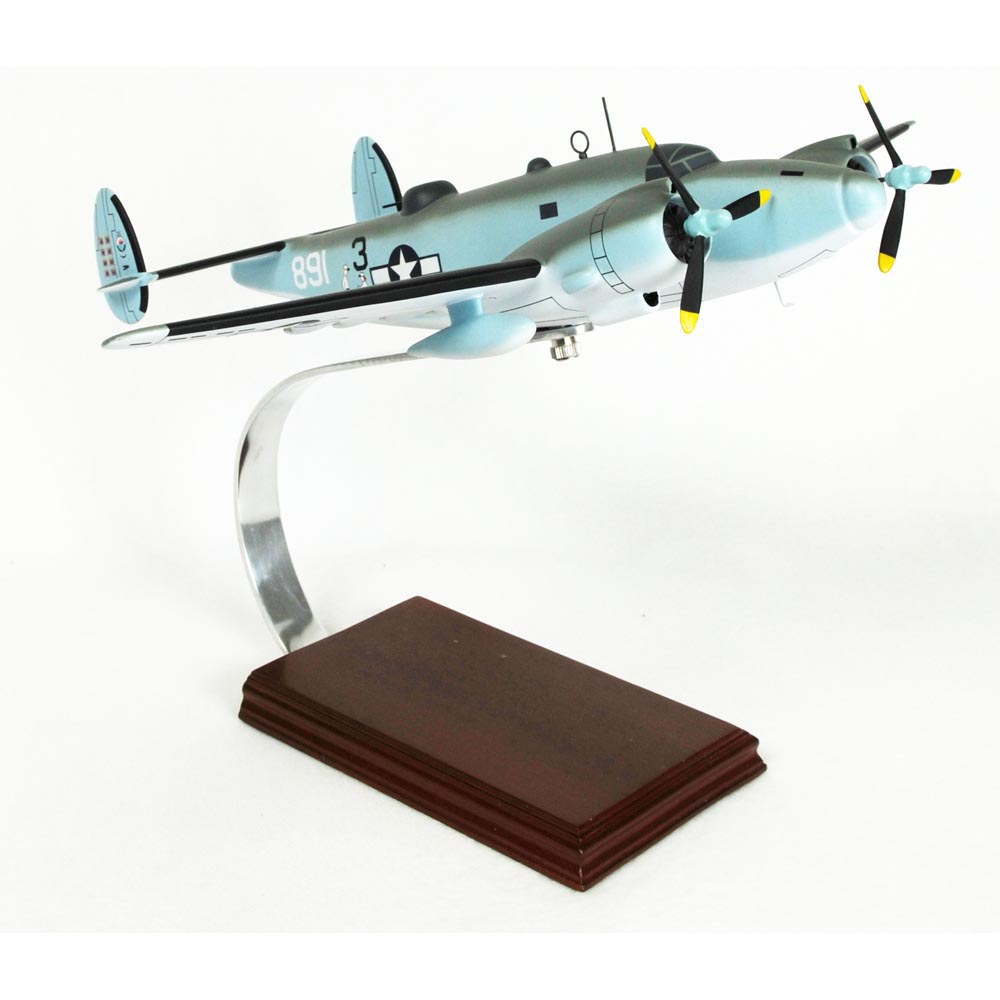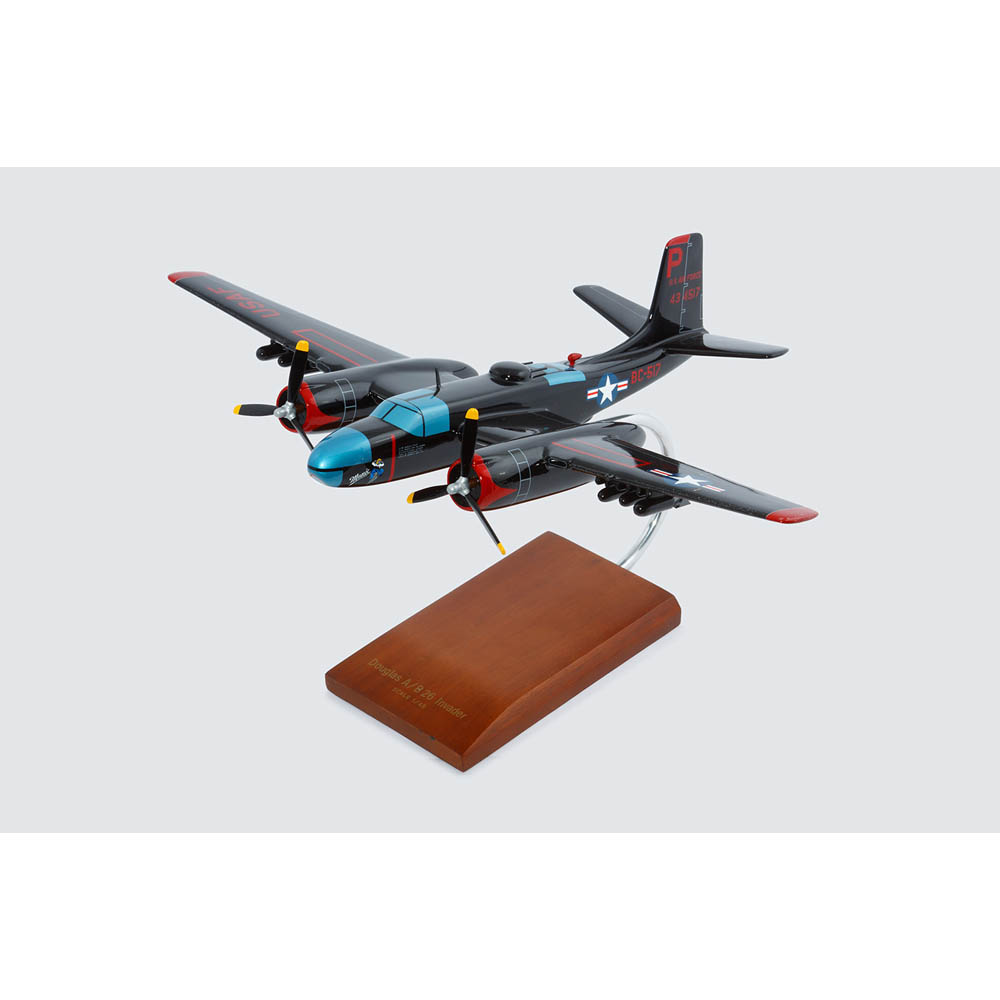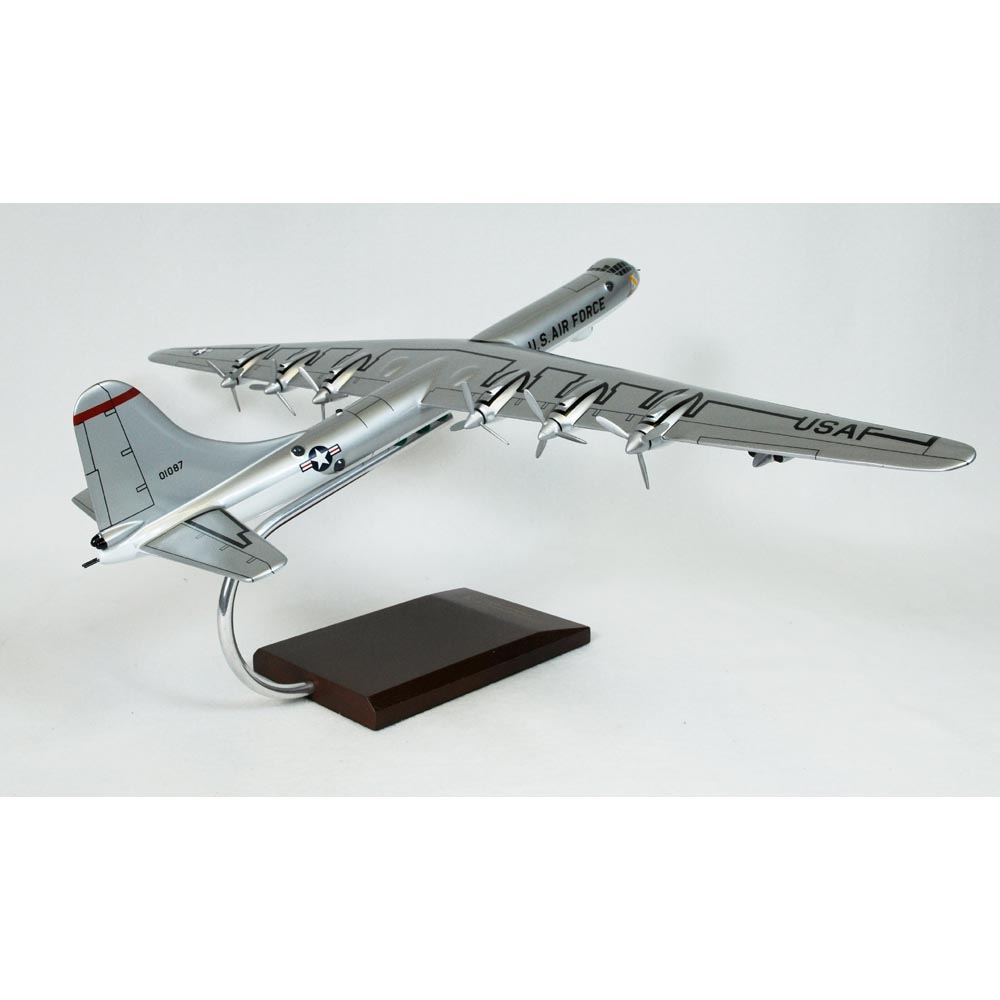P2v-5 Neptune Model
Артикул: 13-10552
58757 48964 руб.
Наличие: – Есть в наличии у нашего поставщика. Доставка на наш склад в течение 5...6 недель после оплаты Вами заказа.
Overview
| The Lockheed P2V Neptune was a naval patrol bomber and anti-submarine warfare aircraft for the United States Navy (USN) between 1947 and 1978. It replaced the PV-1 Ventura and the PV-2 Harpoon and was successful in export, seeing service with several armed forces around the world. Development of the Neptune began early in World War II, but was considered a low priority compared to other aircraft in development at that time. It was not until 1944 that the program went into full swing. The first aircraft flew in 1945. Production began in 1946, and the P2V was accepted into service in 1947. A major factor in the design of the aircraft was ease of manufacture and maintenance, and this can be said to have played an important role in the P2Vs long career and worldwide success. It was one of the first aircraft to be fitted in operational service with both piston and jet engines. The P2V-5, which first flew on December 29, 1950, was the most produced variant of the Neptune. The P2V-5 replaced the nose cone with a turret. It was mounted with an APS-20 radar and had enlarged wing tip fuel tanks. The aircraft was capable of carrying an 8,000 lb load of mines, torpedoes, bombs or depth charges and rockets. In addition to the US Navy, the P2V-5 served the military needs of Argentina, Australia, Brazil, Great Britain, The Netherlands and Portugal. During the Vietnam War, the Neptune was used by the USN as a gunship and patrol airplane. Under the Argentine Navy, the aircraft was used extensively during the 1978 Beagle Conflict, a border dispute between Argentina and Chile over the possession of the Picton, Lennox and Nueva islands and sea located south of Tierra del Fuego. During the Falklands War in 1982, the last two Neptunes in service played a key role of reconnaissance and aiding Dassault-Breguet Super Ãtendard aircraft, particularly on May 4 against HMS Sheffield. The lack of spare parts, caused by the US having enacted an arms embargo in 1977 due to the Dirty War, led to the Neptunes retirement before the end of the conflict. |



